1. The Philly Cheesesteak
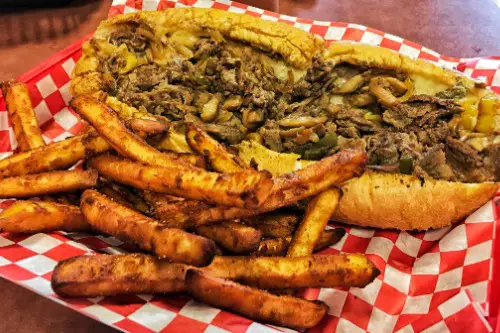
In the 1930s, Philadelphia hot dog vendor Pat Olivieri was just trying to make himself lunch when he threw some beef on his grill. A passing cab driver caught a whiff of the sizzling meat and asked for a sandwich, unknowingly sparking a local legend, according to Tom Burson from National Geographic. Olivieri realized he was onto something and started selling the beef sandwiches instead of hot dogs. It was a cheap way to turn a small amount of beef into a filling meal, perfect for blue-collar workers in the city.
Originally, the sandwich was just meat on bread—cheese wasn’t added until later. As its popularity grew, provolone, Cheez Whiz, and onions became common toppings, making it the indulgent sandwich we know today. It was a meal born out of necessity, using simple, affordable ingredients to create something that felt more luxurious. Decades later, the cheesesteak is a Philadelphia icon, all thanks to a vendor trying to make do with what he had.
2. The Chocolate Chip Cookie

Legend has it that in the 1930s, Ruth Wakefield, the owner of the Toll House Inn in Massachusetts, ran out of baker’s chocolate while making cookies. Thinking quickly, she chopped up a Nestlé chocolate bar and mixed it into the dough, expecting it to melt evenly. Instead, the chunks held their shape, creating the first-ever batch of chocolate chip cookies. What started as a baking mistake turned into one of the most famous cookies in the world, according to Jon Michaud from The New Yorker.
At the time, desserts were a luxury, and people had to get creative with what they had on hand. Wakefield’s invention became so popular that Nestlé struck a deal with her to feature her recipe on their chocolate packaging. In exchange, she got a lifetime supply of chocolate, a pretty sweet deal for an accident. Today, it’s hard to imagine a world without chocolate chip cookies, all thanks to one desperate substitution.
3. Peanut Butter
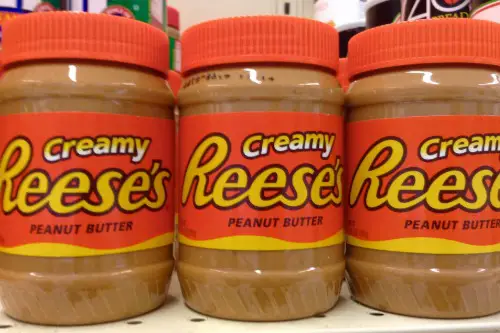
In the late 1800s, Dr. John Harvey Kellogg was searching for a nutritious food that elderly patients and those with weak teeth could eat, Kate Wheeling explains in Smithsonian Magazine. He mashed up boiled peanuts into a paste, creating what we now recognize as peanut butter. At the time, protein sources like meat were expensive, so this cheap, protein-packed alternative was a game-changer. It didn’t become widely popular until the Great Depression, when struggling families relied on it as an affordable and filling food.
By the time World War II rolled around, peanut butter was a staple in soldiers’ rations because it was high in calories and didn’t spoil easily. After the war, it became even more mainstream, especially with the rise of peanut butter and jelly sandwiches. What started as a medical necessity became an American classic that kids and adults alike still love today. It’s funny to think that something so widely enjoyed today began as a desperate attempt to solve a chewing problem.
4. SPAM

During the Great Depression, meat was expensive, and Hormel Foods was looking for a way to use up leftover pork shoulder. In 1937, they developed SPAM, a canned, shelf-stable meat product that didn’t require refrigeration. It quickly became a lifesaver for struggling families who needed an affordable protein source. When World War II broke out, SPAM became even more essential, feeding both soldiers and civilians around the world, according to Alex Chun from Smithsonian Magazine.
The military loved SPAM because it was cheap, packed with calories, and had an incredibly long shelf life. Though many people mocked it as “mystery meat,” it kept millions from going hungry during tough times. After the war, SPAM became a staple in places like Hawaii and South Korea, where food shortages made it a valuable source of nutrition. What started as a way to use up scraps became an enduring cultural icon.
5. Cornflakes
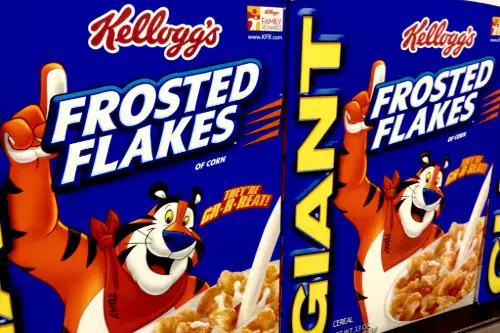
In the late 19th century, Dr. John Harvey Kellogg and his brother Will were trying to create a plain, healthy food for patients at their sanitarium, according to Priceonomics from Forbes. One day, they accidentally left a pot of cooked wheat sitting out too long, causing it to go stale. Instead of throwing it away, they ran it through rollers and toasted the flakes, creating the first version of cornflakes. The crisp, light texture was a hit, and they soon switched from wheat to corn to make it even crunchier.
At the time, most breakfasts were heavy and meat-based, which was expensive and impractical for many people. The Kellogg brothers marketed cornflakes as a simple, nutritious alternative that anyone could afford. Will Kellogg later added sugar to make them more appealing to the masses, sparking a breakfast cereal revolution. What began as a mistake became a billion-dollar industry, proving that sometimes, desperation leads to brilliance.
6. The Po’ Boy Sandwich
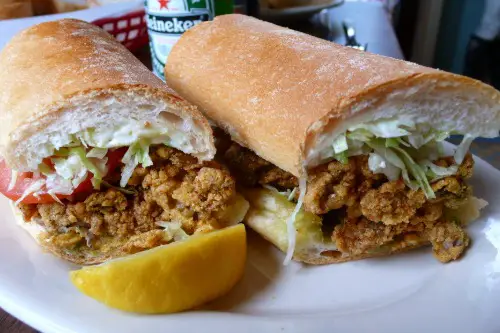
During a 1929 streetcar strike in New Orleans, restaurant owners Benny and Clovis Martin wanted to help struggling workers. They created an inexpensive sandwich using cheap cuts of roast beef or fried seafood stuffed into French bread. The striking workers, nicknamed “poor boys,” soon flocked to the Martins’ shop for these filling sandwiches. The name stuck, and the Po’ Boy became a New Orleans classic.
The sandwich was perfect for tough times because it stretched small amounts of meat with plenty of bread. Over time, different variations emerged, using whatever ingredients were available and affordable. Despite its humble beginnings, the Po’ Boy is now a beloved Southern dish. It’s proof that a little generosity and ingenuity can turn desperation into something delicious.
7. The Sloppy Joe
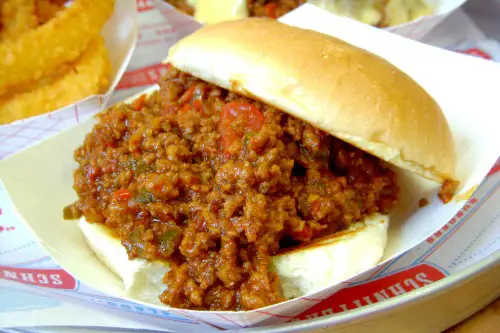
During the Great Depression, ground beef was one of the few affordable meats available, but plain burgers got boring fast. A creative cook decided to stretch the meat further by mixing it with tomato sauce and spices, serving it on a bun. This messy, saucy creation became known as the Sloppy Joe, a budget-friendly meal that fed hungry families. It was filling, cheap, and easy to make—everything a struggling household needed.
As canned tomato products became more widely available, the Sloppy Joe became even more popular. School cafeterias started serving them because they were inexpensive and easy to prepare in large batches. Over time, variations popped up, including versions with barbecue sauce, Worcestershire, and even lentils for a meatless take. A meal that started as a way to stretch leftovers became a beloved American comfort food.
8. Tater Tots
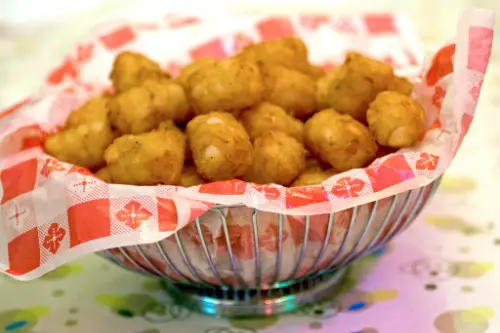
In the 1950s, frozen food company Ore-Ida was sitting on a large stockpile of potato scraps that couldn’t be used for their main products. Rather than letting them go to waste, they mashed up the leftovers, added seasoning, and shaped them into small, bite-sized nuggets. The result was Tater Tots—crispy, golden, and perfect for fast food or a quick side dish. They were an instant hit because they were cheap to make and easy to store, making them a great addition to any meal.
The invention of Tater Tots was driven by both necessity and innovation. At the time, families were looking for convenient and affordable ways to feed their kids, and frozen foods were becoming a go-to. Tater Tots fit that niche perfectly, as they could be made in large batches, frozen, and then served with minimal effort. What started as a way to use up leftover potatoes turned into a snack that became iconic in American households.
9. Grits

Grits, a dish of ground cornmeal, was born out of necessity in the Southern United States. Corn was abundant, and many people had limited access to more expensive grains, making cornmeal a cheap and reliable option. The dish was simple but hearty, often served with butter, cheese, or gravy, depending on what people had available. Grits quickly became a staple food that could be stretched into multiple meals for large families.
Historically, grits were associated with poor Southern farmers and were a filling, inexpensive way to get through the day. In the 20th century, grits became a cultural staple in the South, appearing on breakfast tables and in restaurants across the region. Though once considered “peasant food,” grits now have a spot in upscale kitchens and are even part of high-end brunch menus. It’s a perfect example of how food that was invented out of necessity can grow to have deep cultural significance.
10. Biscuits and Gravy

In the 1800s, Southern cooks were dealing with the challenge of feeding large families on a tight budget. Biscuits made from flour, fat, and baking powder were an inexpensive and easy option, and gravy made from sausage drippings or scraps could stretch a small amount of meat into a hearty meal. Biscuits and gravy became a go-to breakfast for families who needed something filling and cheap to get the day started. It quickly became a beloved comfort food throughout the Southern United States.
The dish became even more popular during the Great Depression, when meat was scarce, and people had to make do with what they had. Biscuits and gravy was cheap, filling, and could be made with minimal ingredients. Over time, variations developed, with some adding cheese or using bacon instead of sausage. Today, this humble dish is an American classic, cherished for its warmth and heartiness.
11. Meatloaf

Meatloaf was a product of the Great Depression when meat was expensive, and families needed a way to stretch limited resources. Ground meat, like beef or pork, was often combined with fillers like breadcrumbs, eggs, and vegetables to create a filling meal. Meatloaf became the perfect solution because it could be made in bulk, served with sides, and easily stored as leftovers. It was a way for households to stretch small amounts of meat into multiple meals.
In the post-depression years, meatloaf became a popular dish in American homes because it was cheap, customizable, and easy to make. It gained a reputation as “comfort food” because it reminded people of home-cooked meals during tough times. Meatloaf’s adaptability also helped it endure, as it could be flavored with anything from ketchup to Worcestershire sauce or even barbecue. What began as a desperate attempt to stretch limited ingredients turned into an enduring symbol of American home cooking.
12. Macaroni and Cheese

Macaroni and cheese was originally a dish served to the elite in 18th-century America, but its true transformation came during the Great Depression. Cheese, though a bit of a luxury, was still affordable compared to meat, and pasta was cheap and easy to cook. Combining these two ingredients created a filling, comforting dish that could feed a family without breaking the bank. It became a go-to meal for families looking for an easy and cheap dinner during tough financial times.
During World War II, processed cheese became widely available and inexpensive, and boxed macaroni and cheese entered homes across America. The dish was perfect for busy households, as it could be made quickly and in large quantities. Over time, it became an American classic, and variations such as adding breadcrumbs or spices elevated it to new heights. Though born out of economic hardship, macaroni and cheese remains a beloved comfort food today.
13. The Hot Dog
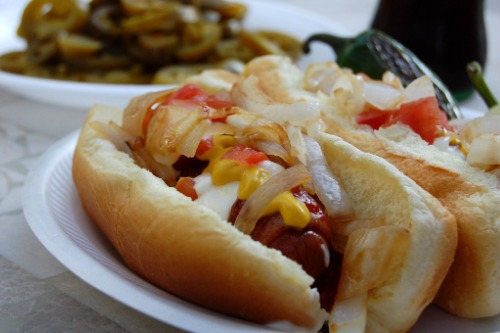
The hot dog has a bit of a murky history, but one thing is clear: it became a hit during the late 19th and early 20th centuries as a cheap, quick food. As cities grew and immigrants flocked to urban areas, hot dog vendors started selling sausages in buns to workers who needed a fast, affordable lunch. The hot dog’s simplicity—just a sausage and a bun—made it a perfect meal for anyone on the go, especially those with limited time and money. It became a fixture at ballparks, fairs, and street corners, helping to fuel the growing American workforce.
During the Great Depression, hot dogs gained even more popularity because they were cheap, easy to make, and could be eaten quickly by busy families. The rise of processed meats like those used in hot dogs allowed for mass production, making them even more accessible. Over time, hot dogs became more than just a cheap meal; they evolved into a symbol of American culture, often enjoyed at cookouts and sporting events. What began as a simple, affordable lunch option became a symbol of American fast food and outdoor gatherings.
14. Popcorn
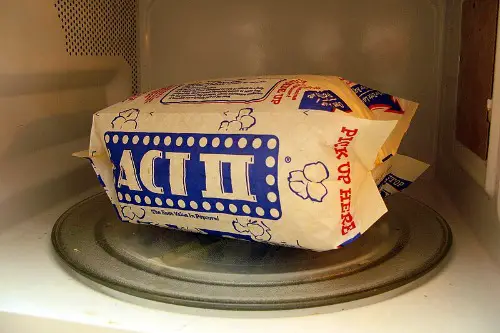
Popcorn was originally just a cheap snack for farmers and Native Americans, but it found its niche during the Great Depression. When money was tight, popcorn was a perfect food—it was inexpensive, easy to make, and could be sold in small amounts. Street vendors began popping it up and selling it to struggling families, and movie theaters started serving it as a cheap, salty snack for patrons. During the 1930s, the rise of mass production made popcorn even more accessible.
Popcorn’s popularity surged in the 1940s, especially after the invention of the automatic popcorn machine. By the time television became widespread, popcorn was firmly established as the go-to snack for watching shows and movies. It was still affordable, and with the rise of microwaves in the 1970s, popcorn became even easier to make at home. What began as a simple snack for those in need transformed into an essential part of the American movie-watching experience.
15. Chili
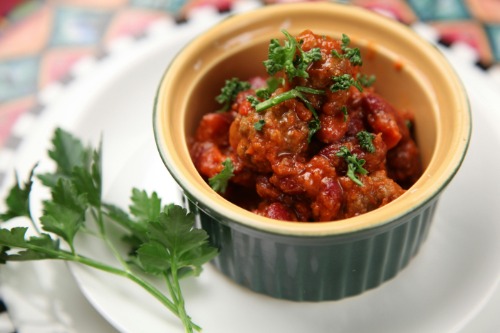
Chili has its origins in the American Southwest, where early pioneers and settlers often relied on inexpensive cuts of meat, beans, and chili peppers to make a filling meal. The dish became a go-to during tough times because it could be made in large pots, using whatever meats and beans were available. It was cheap, hearty, and could feed many people, making it perfect for families and communities. Chili quickly became a staple for ranchers and workers who needed something quick and filling to get through their day.
Chili gained national attention during the Great Depression when it was served in restaurants as a cheap meal that could be easily stretched. Its popularity continued to grow as it evolved into different regional styles, from Texas-style chili with no beans to Cincinnati chili served over spaghetti. Over time, chili became more than just a meal—it turned into a beloved dish that’s served at cookoffs, in homes, and at sporting events. What began as a cheap, filling meal to survive tough times became an enduring American classic.


